Lab 10: Dissection: Anterior Abdominal Wall (AAW) and Inguinal Region
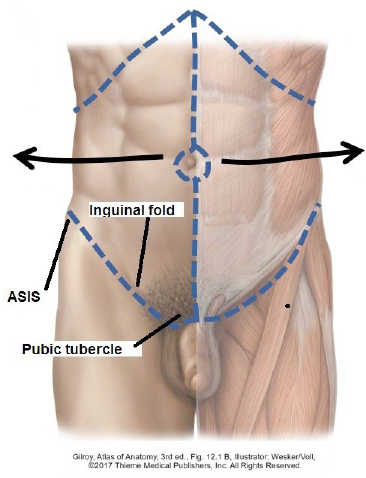
Download this lab as a PDF Goals Reflect the skin from the anterior and lateral abdominal wall. Identify the two layers of the superficial fascia and reflect them. Clean and identify the external oblique, internal oblique, and transversus abdominis muscles. Cut and reflect the internal and external oblique on one side. Identify and open the […]
Use Library Resources
Welcome to the Spokane Health Sciences Library! We’re your resource for academic, clinical, and research information throughout your time at WSU. On this page, we point you to a few of our best resources to use for your cases each week. Textbooks, which you can find in our eBook Databases below, are great for learning about […]
Year 2
Session guidance A case preview and case questions are released before each case. This allows each student to come to the first session prepared to actively engage with the case and in clinical reasoning. Housekeeping We encourage regular check-ins on group dynamics—what is working and what is not? Students may consider rotating specific roles among […]
Year 1
Session Guidance A case preview and case questions are released before each case. This allows each student to come to the first session prepared to actively engage with the case and in clinical reasoning. Housekeeping We encourage regular check-ins on group dynamics—what is working and what is not? Students may consider rotating specific roles among […]
Year 1
Session guidance A case preview and case questions are released before each case. This allows each student to come to the first session prepared to actively engage with the case and in clinical reasoning. Housekeeping We encourage regular check-ins on group dynamics—what is working and what is not? Students may consider rotating specific roles among […]
Case-Based Learning (CBL) Student Guide

In this guide What is CBL? Case-Based Learning (CBL) is an active, small-group learning environment that uses a clinical case to prompt inquiry and exploration of core clinical and scientific concepts while developing clinical reasoning skills in a structured manner. With the guidance of faculty facilitators and collaboration with peers, you’ll explore various core concepts […]
6. Radiology Resources
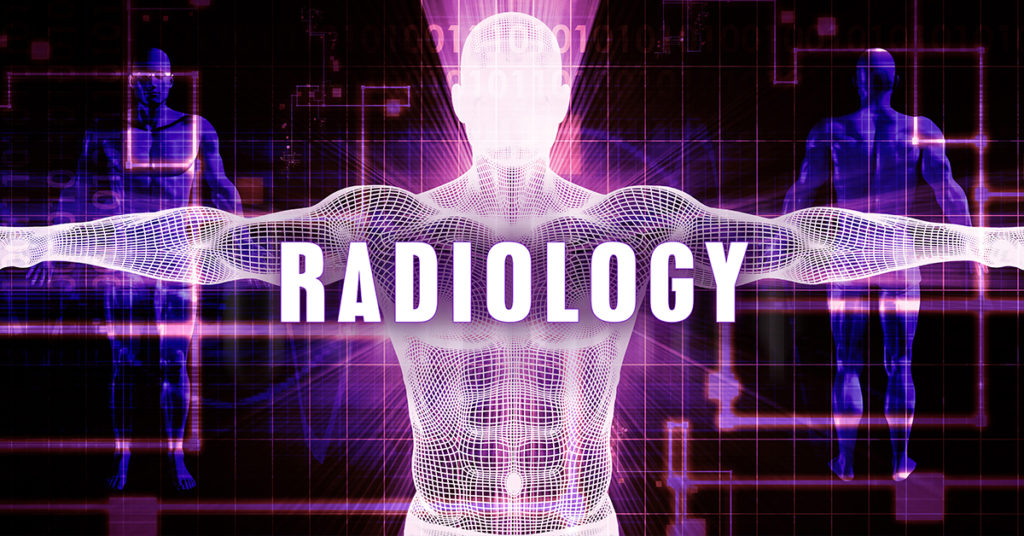
Websites StartRadiology.com Radiology Café: Radiology Basics Radiopaedia.org Recommended radiology resources for medical students Essentials of Radiology, 4th edition. Fred A. Mettler, Jr. Digital version available for College of Medicine students. Picture Archival and Distribution System (PACS)
5. CT vs. MRI
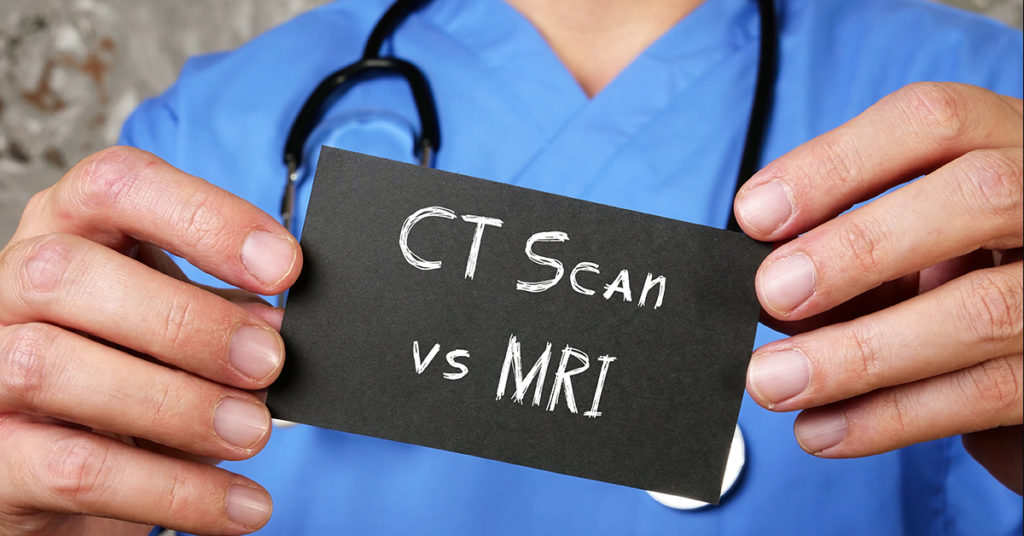
When talking about CT vs. MRI, there is a lot of overlap with similar accuracies. The expertise and type of equipment your imaging partners have may determine the best test to use. However, for imaging of the central nervous system, spine, and spinal contents, MRI is superior in almost all applications. MRI is the best […]
4. Magnetic Resonance Imaging (MRI)
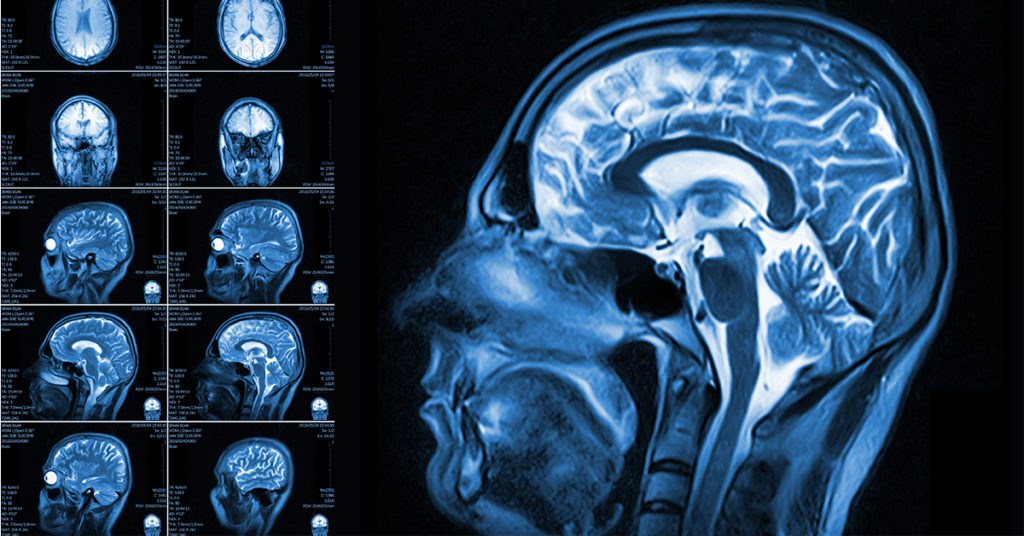
Magnets, computers, and ham radios MRI, like ultrasound and CT, uses sophisticated computer systems to collect and analyze data, i.e., reflected echos (think fish finder) in ultrasound and X-ray density for CT. MRI measures the mysterious values T1 and T2. T1 and T2 are values that relate to how molecules with a magnetic tendency (dipoles) […]
3. Computed Tomography (CT)
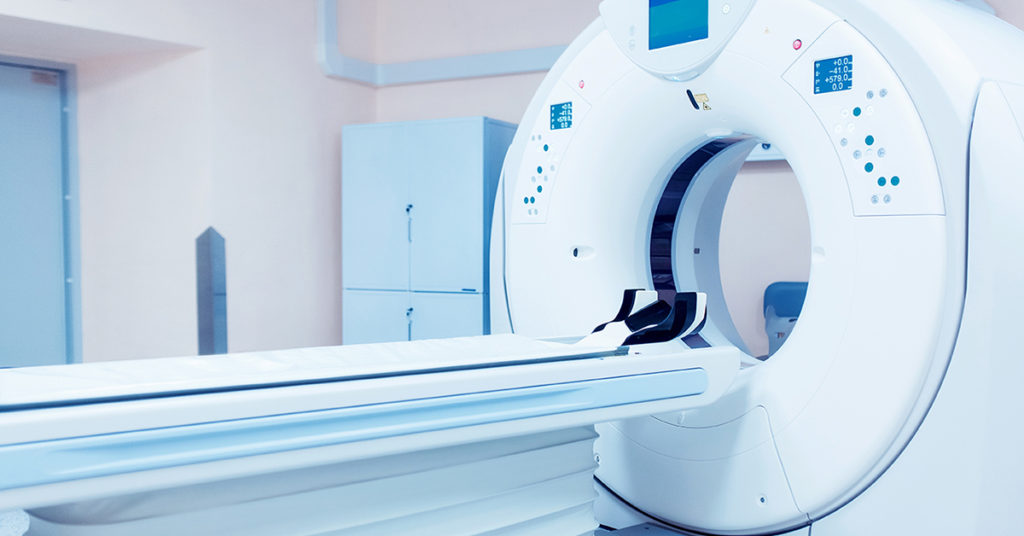
Computed Tomography (CT) is the marriage of computers and X-rays. In modern machines, a rotating gantry holds a specialized X-ray tube, which generates a highly contoured X-ray beam in opposition to a detector array surrounding the patient. The patient moves through the gantry. Gantries weigh around 6,000 kilograms and can achieve speeds of 300 milliseconds […]